Vanilla is one of those ingredients that transforms any dish into decadent deliciousness. But what is vanilla? And where does it come from? Answering it all here!
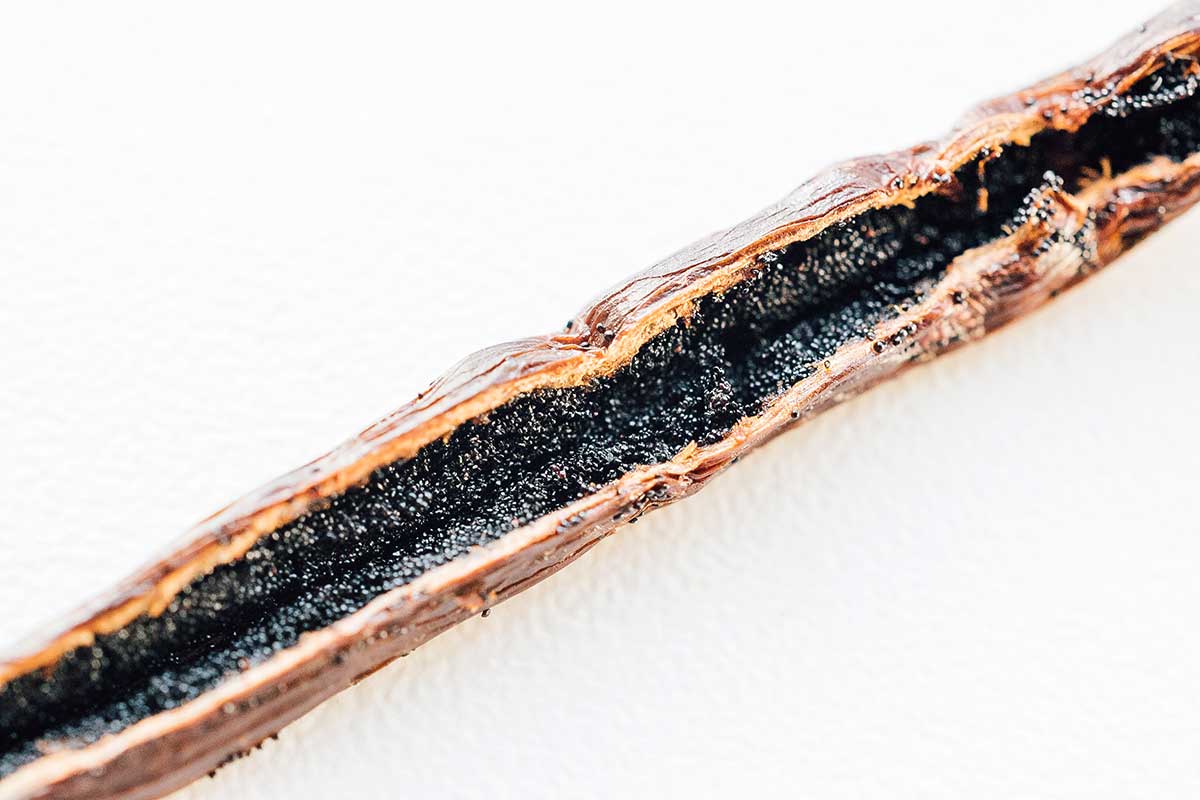
What is vanilla?
Vanilla is one of those ingredients that transforms any dish into decadent deliciousness with a simple flick of its magical pixie dust. But what is vanilla, anyways?
Vanilla is actually the fruit of an orchid plant that grows as a long, dark brown bean pod. Though there are hundreds of varieties of the vanilla orchid, the vanilla that we know and love comes from just one variety – Vanilla planifolia.
Why is vanilla so expensive?
Vanilla is a finicky, labor-intensive plant, making it the second most expensive spice (next to saffron). Vanilla originally comes from Mexico, where hummingbirds and bees have adapted to be able to penetrate and pollinate its flower.
But when Europeans first brought vanilla plants back home with them, and without the help of the native birds and bees, they couldn’t figure out how to pollinate the flowers to grow beans. It wasn’t until the 1800s that a kid figured out how to pollinate the flowers by hand, and since then, most vanilla in the world has been pollinated this way!
Farmers must catch the flower blossoming (it’s open for about 1 day) and pollinate it before it closes. Once the beans finally do grow and are picked, they need hourly attention (sun drying and rolling) for four months.
Trouble In Paradise
On top of all this, vanilla beans are only grown in a few places around the world. 75% of all vanilla now comes from Madagascar, so when disease killed off a huge portion of the Madagascar vanilla a few years ago, production plummeted and prices shot up even further.
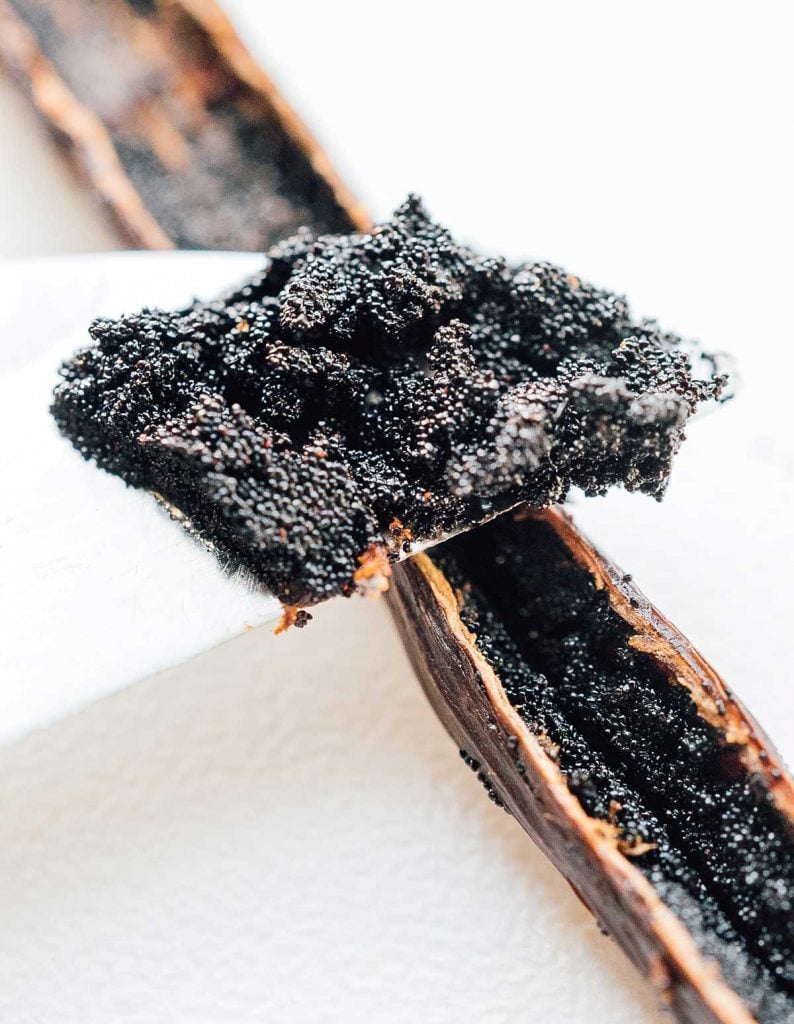
Varieties of Vanilla
There are a few varieties of vanilla bean grown around the world:
- Bourbon: This variety comes from Madagascar (and to a lesser extent New Zealand) and has a lot of vanillin, the natural flavor molecule responsible for vanilla’s distinct taste.
- Indonesian: A smokier variety
- Mexican: This one has less vanillin and more fruity tones
- Tahitian: This is actually a different species of orchid with a softer taste
Vanilla Products
There are also a number of ways you might encounter vanilla in cooking:
- Vanilla Bean: This is simply the whole vanilla pod, containing its flavorful seeds inside.
- Vanilla Extract: Alcohol + vanilla bean/seeds…that’s all! Watch out for other ingredients that shouldn’t be in your extract, like corn syrup.
- Vanilla Paste: Extract + seeds, ground into a smooth paste. This is good to use when you don’t want extra liquid (like you would find in the extract) in your recipe, such as in baking.
- Vanilla Powder: Dried extract + cornstarch, this is a dry, white powder that won’t discolor your culinary creations (use it like extract 1:1).
- Synthetic Vanilla: Many vanilla-flavored things are made with synthetic vanilla, which is made by extracting vanillin from other plants (like cloves). This is an okay substitute, but doesn’t account for the other 170 flavor compounds in the vanilla bean which add dimension and character.
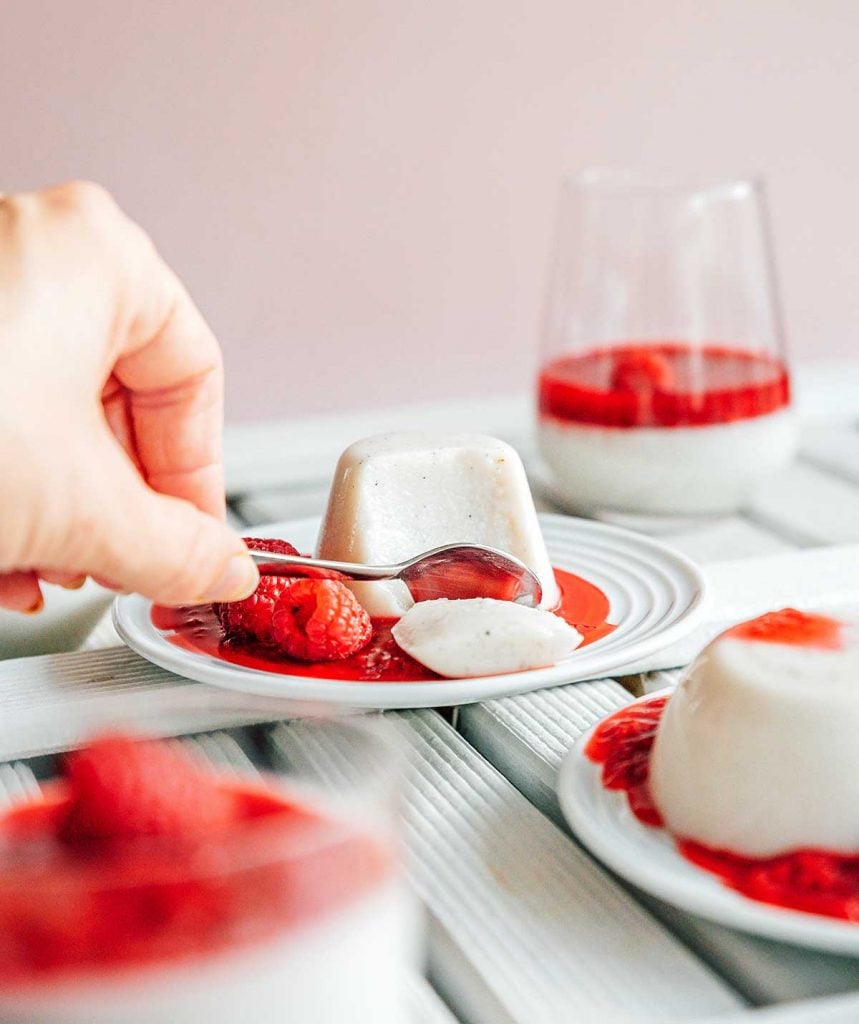
How to scrape a vanilla bean
If a recipe calls for the seeds from a vanilla bean, you’ll need to get them out first! To scrape the seeds from a vanilla bean:
- Cut: Split the vanilla bean down its length using a small knife to expose the seeds.
- Scrape: Take one of the halves and, holding onto the end, scrape the seeds out using the dull side (i.e. the top) of your knife. Repeat with the other half of the vanilla bean.
- Use: Use the seeds right away. And don’t waste the empty vanilla pod, which is full of flavor! Add it to a jar of sugar or to milk/cream for a delicate vanilla flavor.
How to Store Vanilla
Vanilla beans can be stored in an airtight container for a few weeks at room temperature, though they will dry out over time.
Vanilla extract can be stored at room temperature indefinitely.
Tips for cooking with vanilla
Got a leftover vanilla pod from a recipe where you needed the seeds? Here are some of our favorite ways to keep it from going to waste:
- Add it to your sugar bowl to make vanilla flavored sugar
- Similarly, add it to a jug of milk
- Chop then grind it with coffee beans
Searching for a sweet recipe to use that vanilla? Here are a few of our favorites:
- Gelatin-Free Panna Cotta
- Eggless French Toast
- Vanilla Pancakes
- Creamsicle Popsicles
- Strawberry Chia Oat Bites
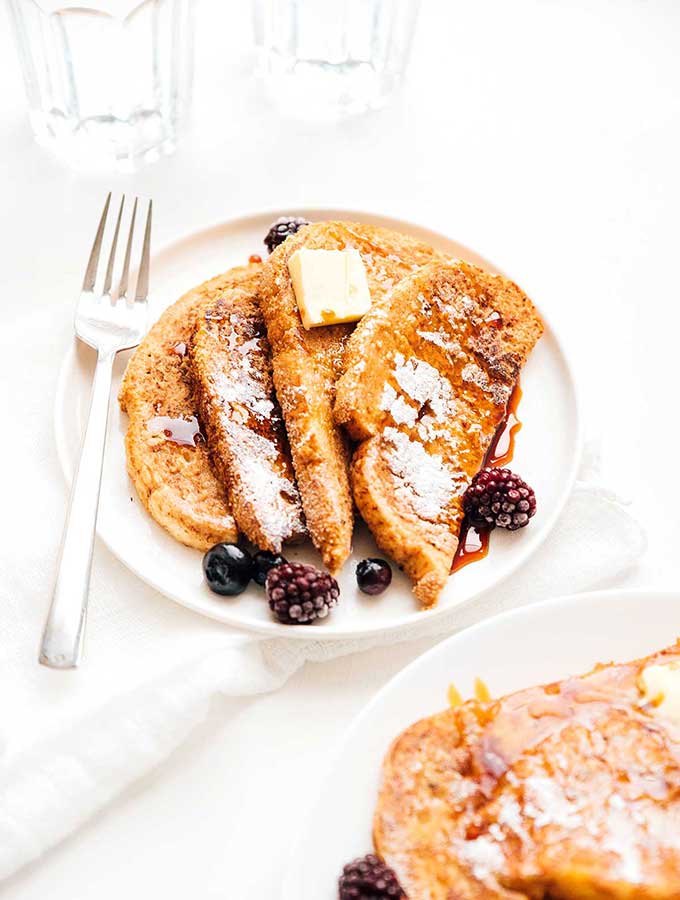
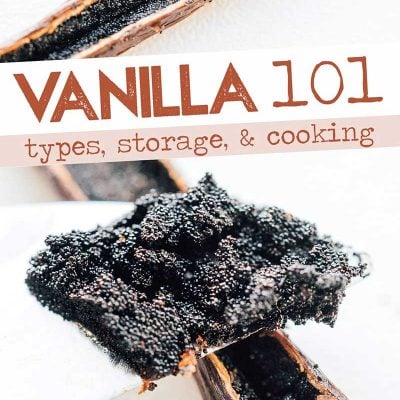
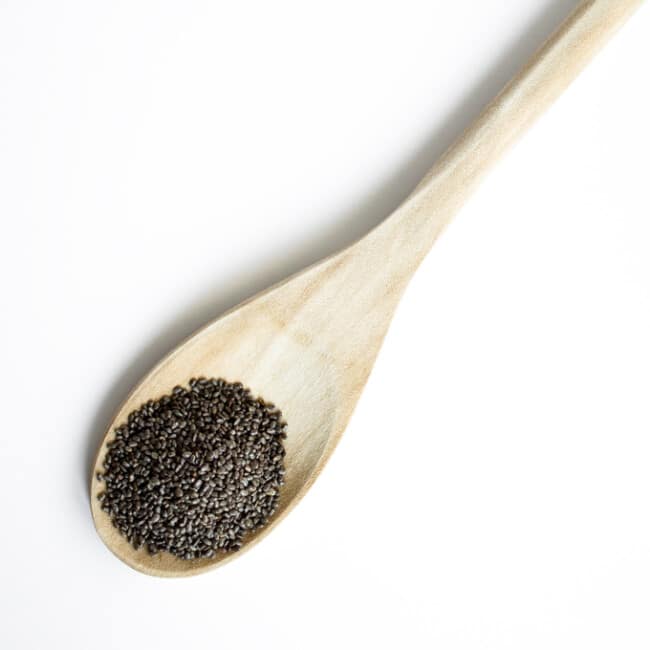
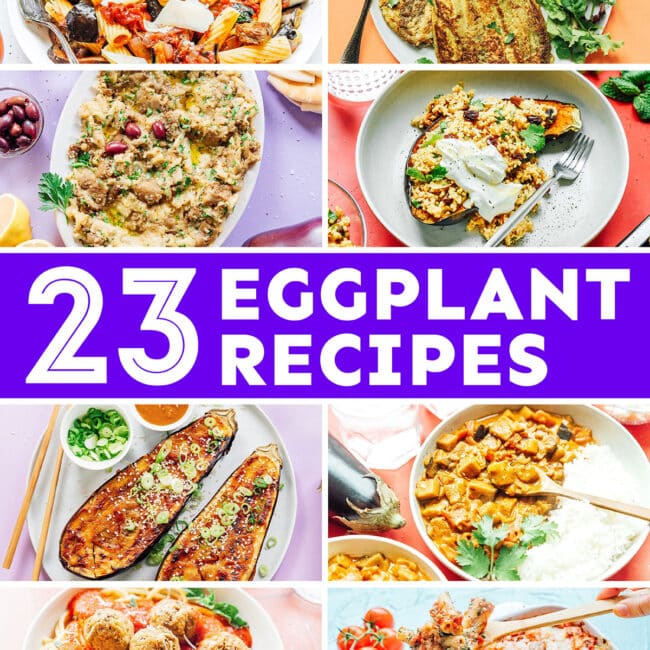
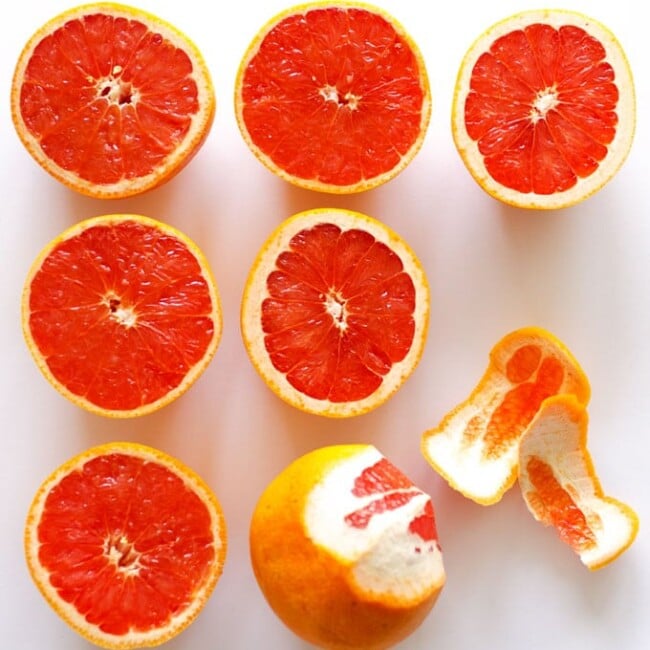
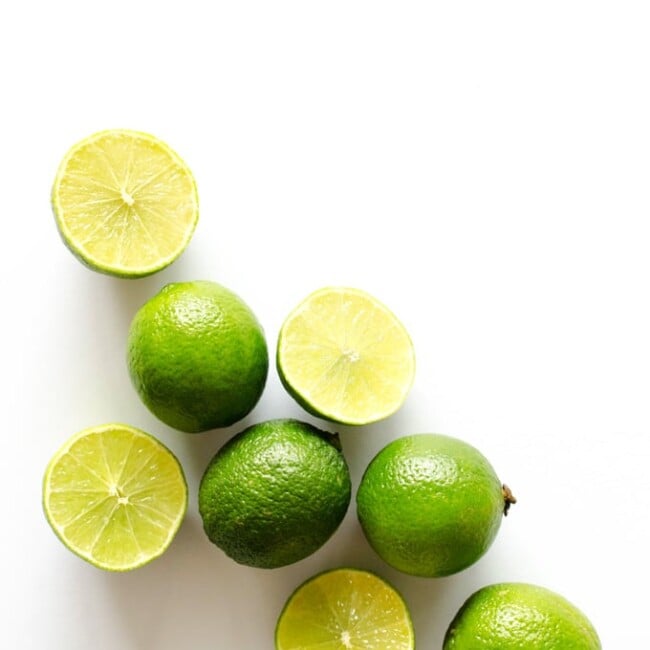
Diane Nichols says
Thank you so much. You’ve inspired me! I’ve never used fresh vanilla beans before–only extract. Your article was informative and helpful. <3